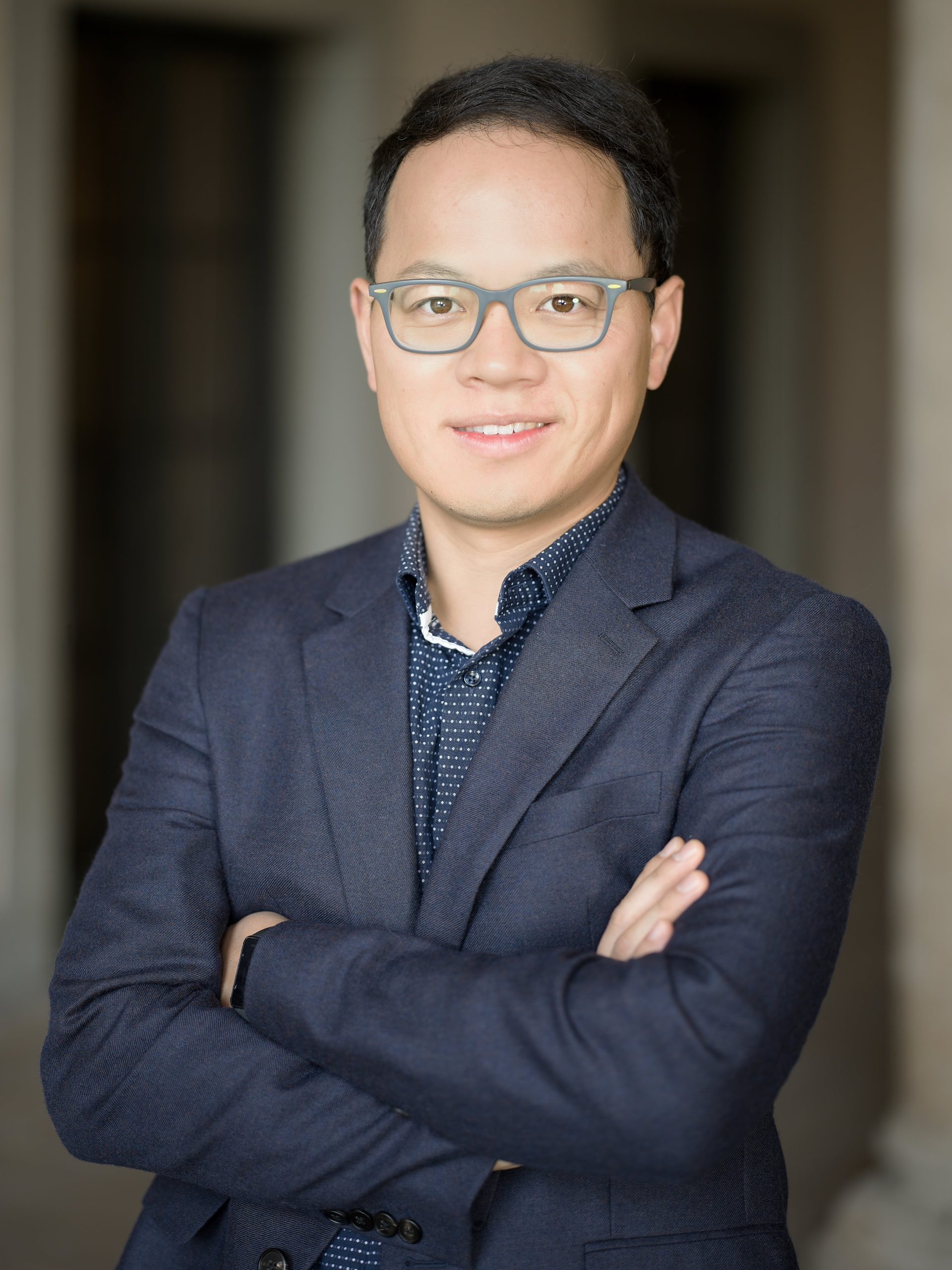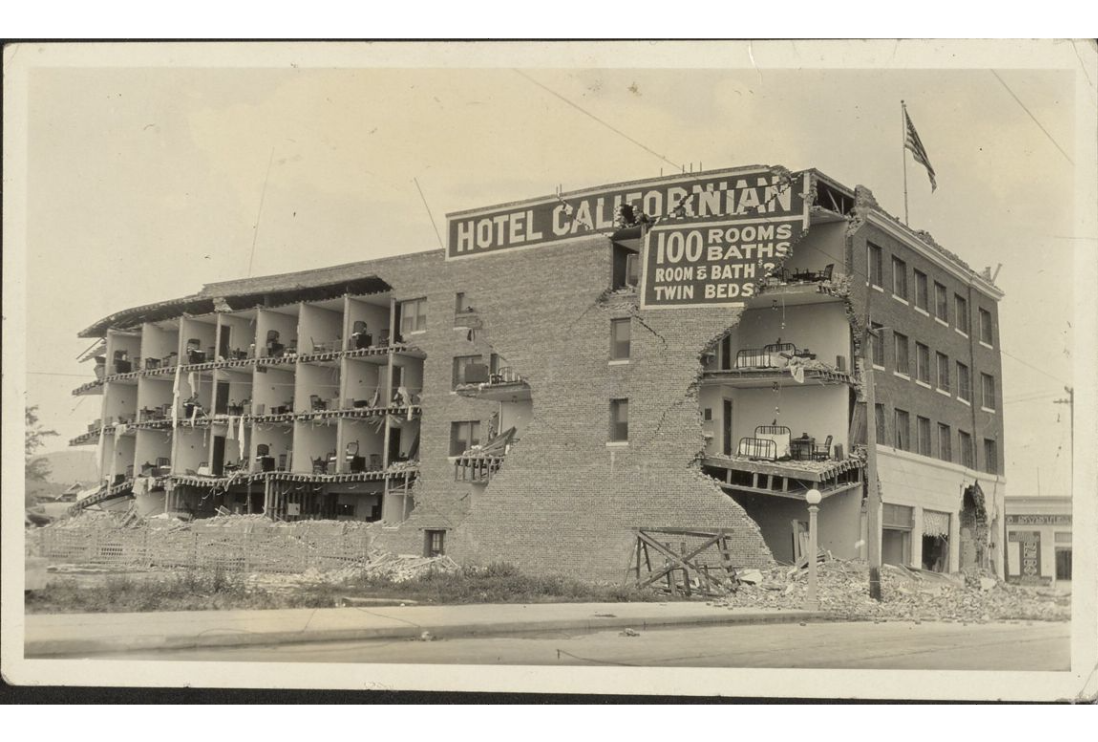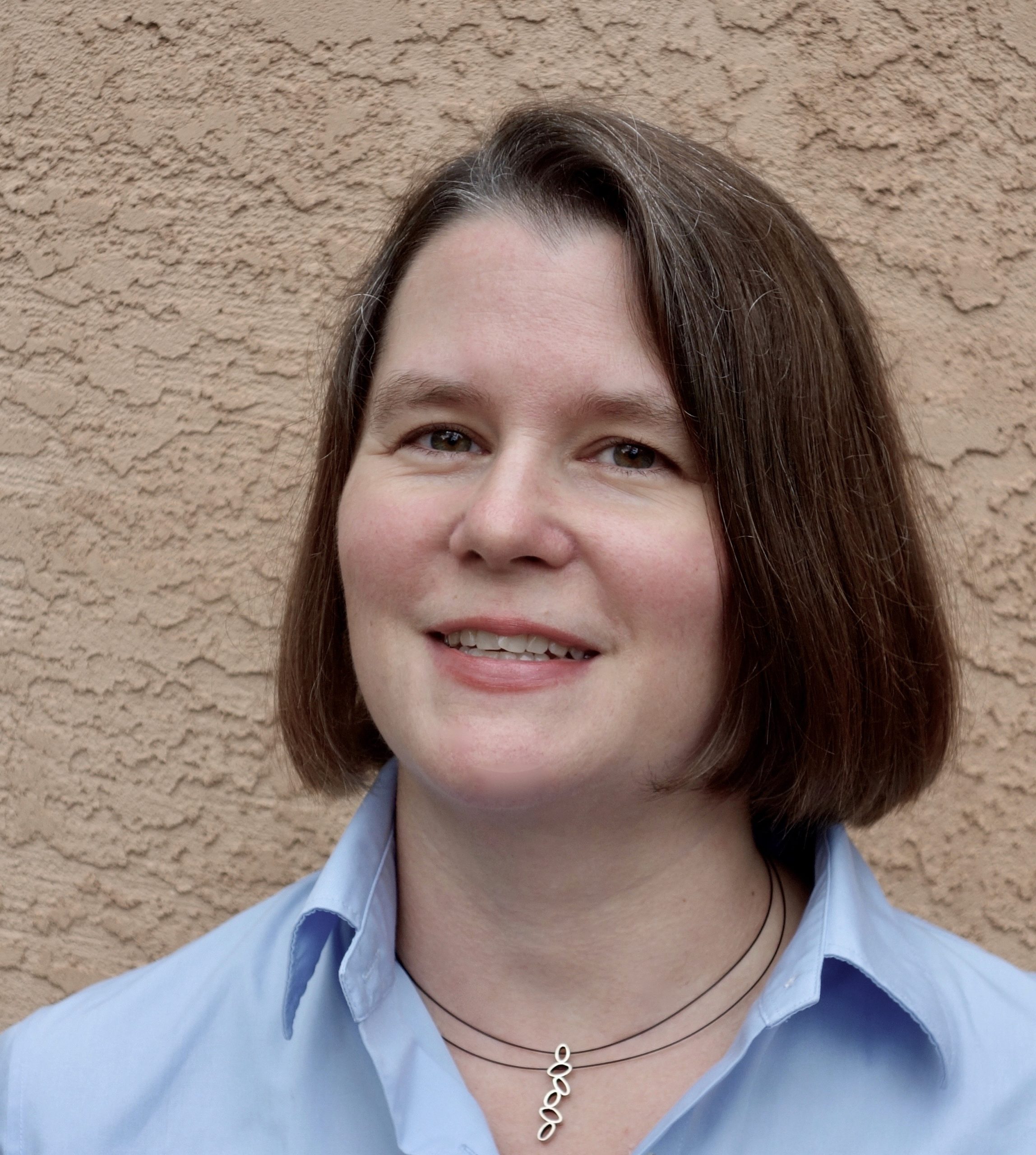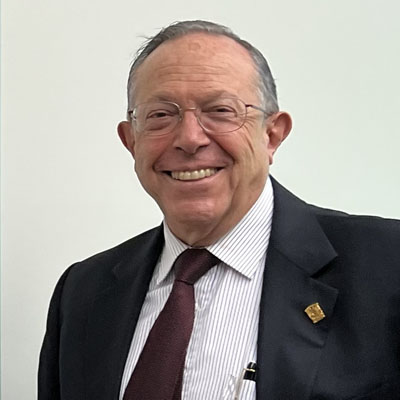Program Information
keynote address

Scaling Up DAS Toward the Next-Generation Seismic Network
Zhongwen Zhan | Professor of Geophysics; Clarence R. Allen Leadership Chair; Director, Seismological Laboratory, California Institute of Technology
The high-frequency seismic wavefield is the next frontier of observational seismology. It is critical to both our understanding of earthquake physics and to seismic hazard, yet our current seismic networks are not designed to capture this wavefield in detail. Distributed Acoustic Sensing (DAS) changes this by turning optical fibers into dense arrays of tens of thousands of seismic sensors. Over the past decade, DAS deployments in California, across the U.S. and worldwide have generated substantial scientific value and proven that DAS is a practical tool for capturing the high-frequency seismic wavefield. Our bottleneck has shifted from research to operation. There are many challenges, including cost, fiber access, signal saturation and data management and sharing. I will introduce a new initiative, the DAS Hub, as a step toward operating DAS as part of the next-generation seismic network.
Panel Presentation

Santa Barbara 1925 Earthquake Damage – Hotel Californian
Building a Resilient Future: What New Research Directions, Technology Developments and Partnerships are Needed?
Hiroshi Kawase, Kyoto University; Monica Kohler, California Institute of Technology; Albert Kottke, Pacific Gas and Electric; Patricia Persaud, University of Arizona; Alba Rodriguez-Padilla, Utah State
Enhancing the resilience of communities in earthquake-vulnerable regions is a global priority and requires new actionable science and partnerships among scientists, engineers, the public, policy makers and stakeholders. The panel will discuss the highest priority objectives and opportunities among the geosciences and engineering disciplines for building earthquake-ready cities and the importance of growing the communities who are involved in seismic risk assessment and management. Key challenges include identifying what new kinds of observational data – e.g., on fault structures, basins and urban environments – and collective actions are needed to measure and monitor the resilience of a city to earthquakes. The panel will address the main bottlenecks in transferring new knowledge gained from data or models – including strong ground motions (site effects), artificial intelligence and machine learning advancements – into practical applications to improve building codes and the resilience of the built environment. A key focus will be how to overcome the current challenges in assessing seismic risk and effectively communicating seismic risk to the public and stakeholders to improve pre-disaster preparedness activities and post-disaster response. The panel will explore new research directions, technology developments and partnerships for improved seismic resilience.
Awards and Presidential address

Annual Business and Awards Ceremony
Sue Bilek | New Mexico Institute of Mining and Technology
SSA President Zhigang Peng will preside over the awards ceremony and provide an update on the Society. Immediate Past President Sue Bilek (2025-26) will deliver the presidential address.
WILLIAM B.JOYNER MEMORIAL LECTURE

Seismic Wave Propagation in Complex Geological Domains: From Site Effects in Ground Motion to Diffuse Fields in Passive Seismology
Francisco José Sánchez-Sesma | Professor at Universidad Autónoma de Mexico (UNAM)
José Sánchez-Sesma’s Joyner Lecture, “Seismic Wave Propagation in Complex Geological Domains: From Site Effects in Ground Motion to Diffuse Fields in Passive Seismology” will reflect on his decades of research aimed at understanding and modeling seismic wave propagation in complex geological media and its manifestations in ground motion, from strong shaking during large earthquakes to weak ambient vibrations such as microtremors and seismic noise.
Schedule of the Week
Tuesday, April 14
Workshops
Wednesday, April 15 – Friday, April 17
Technical Sessions
Saturday, April 18
Field Seminars